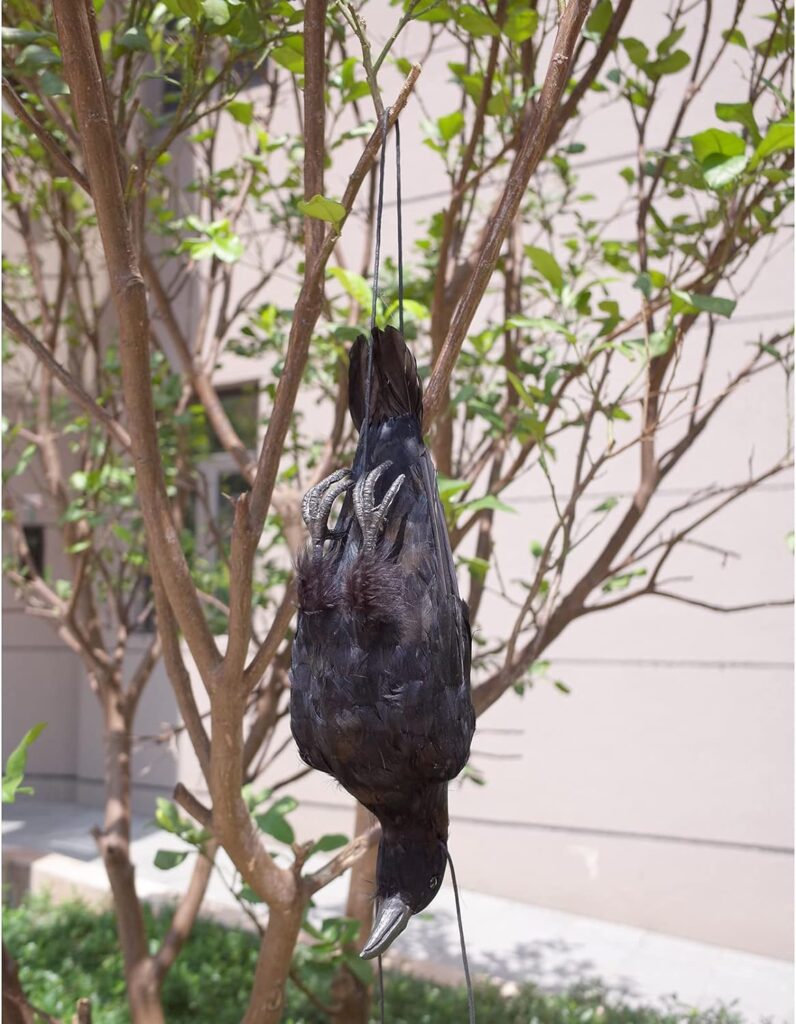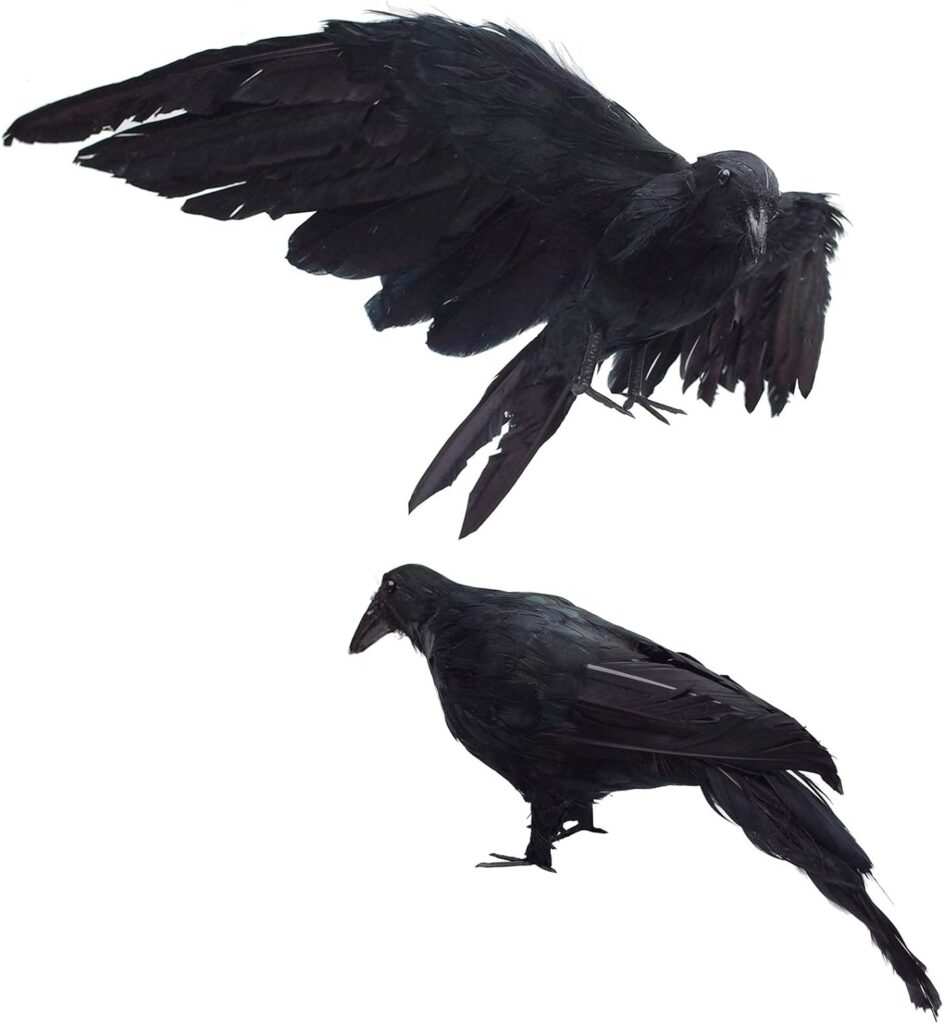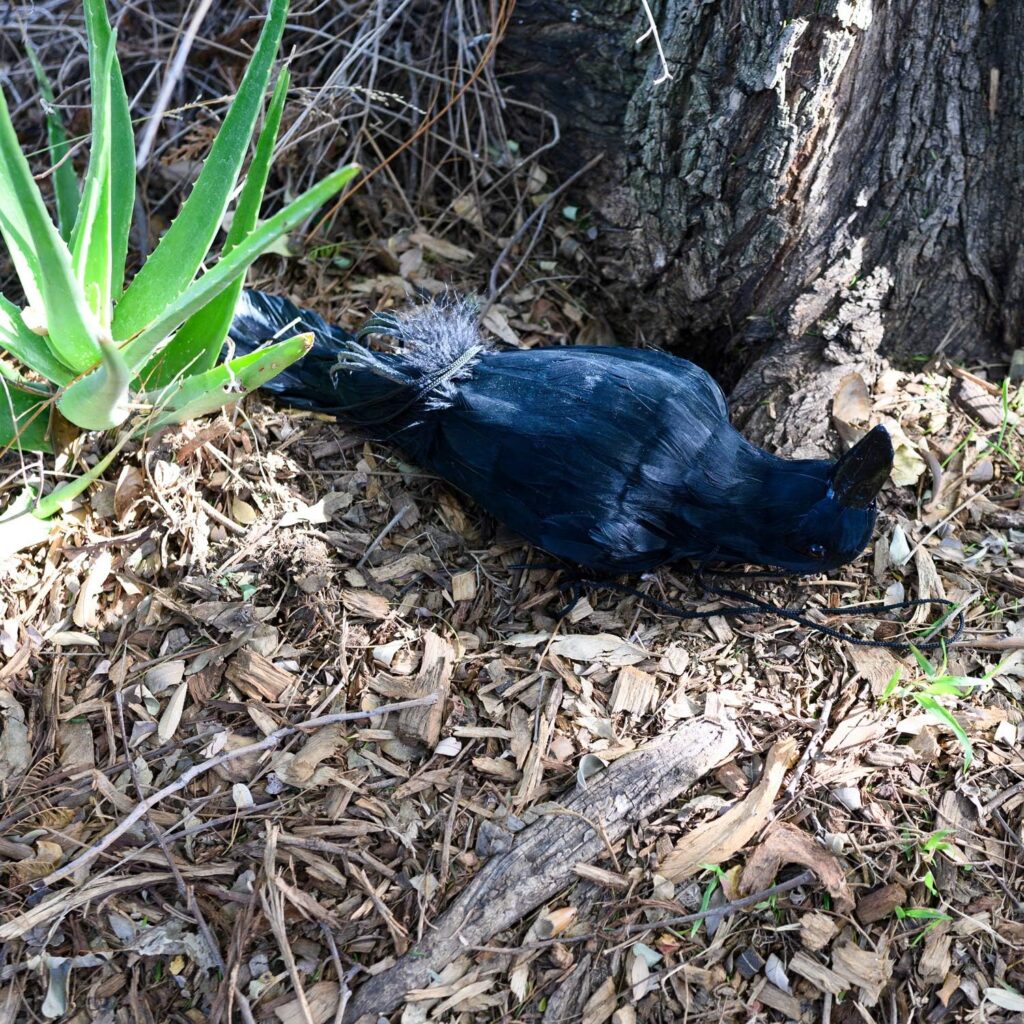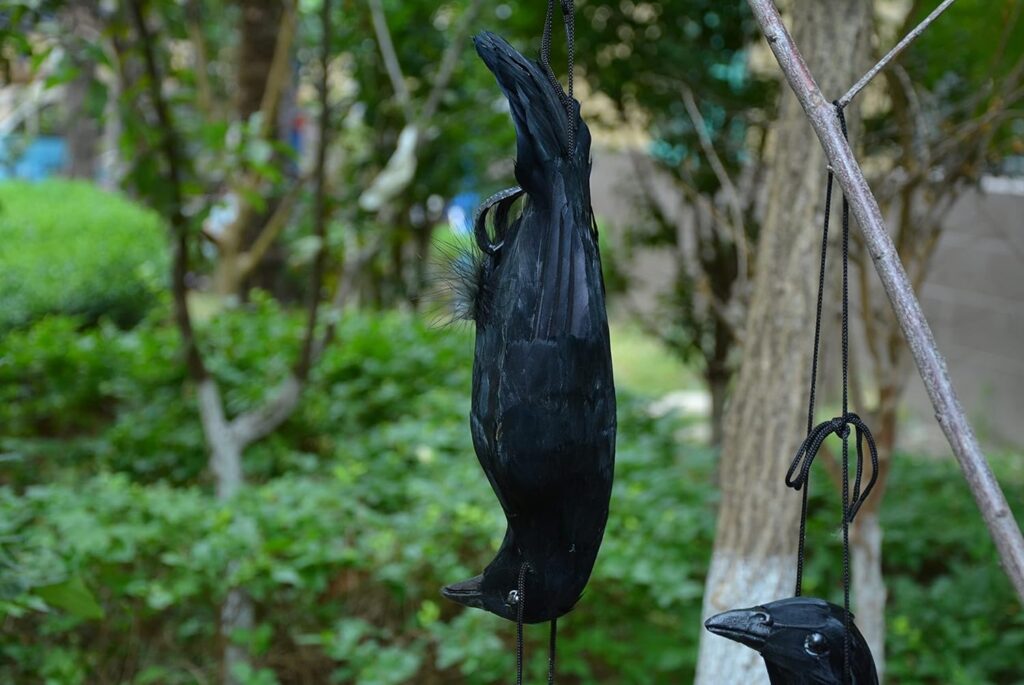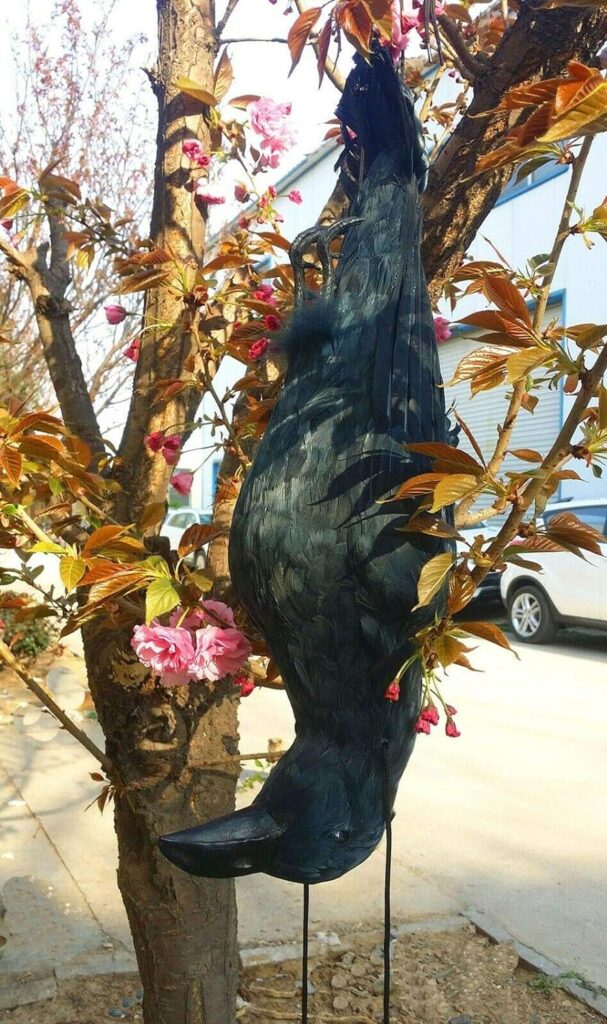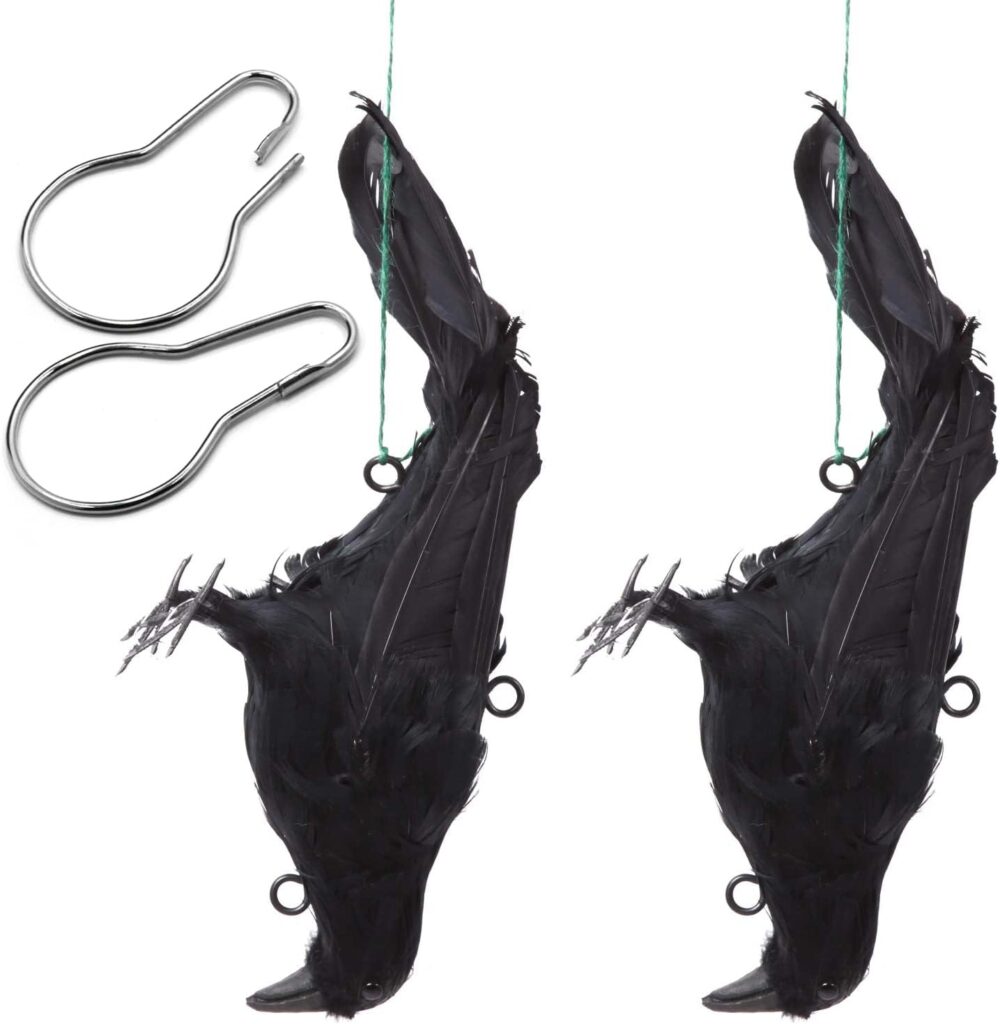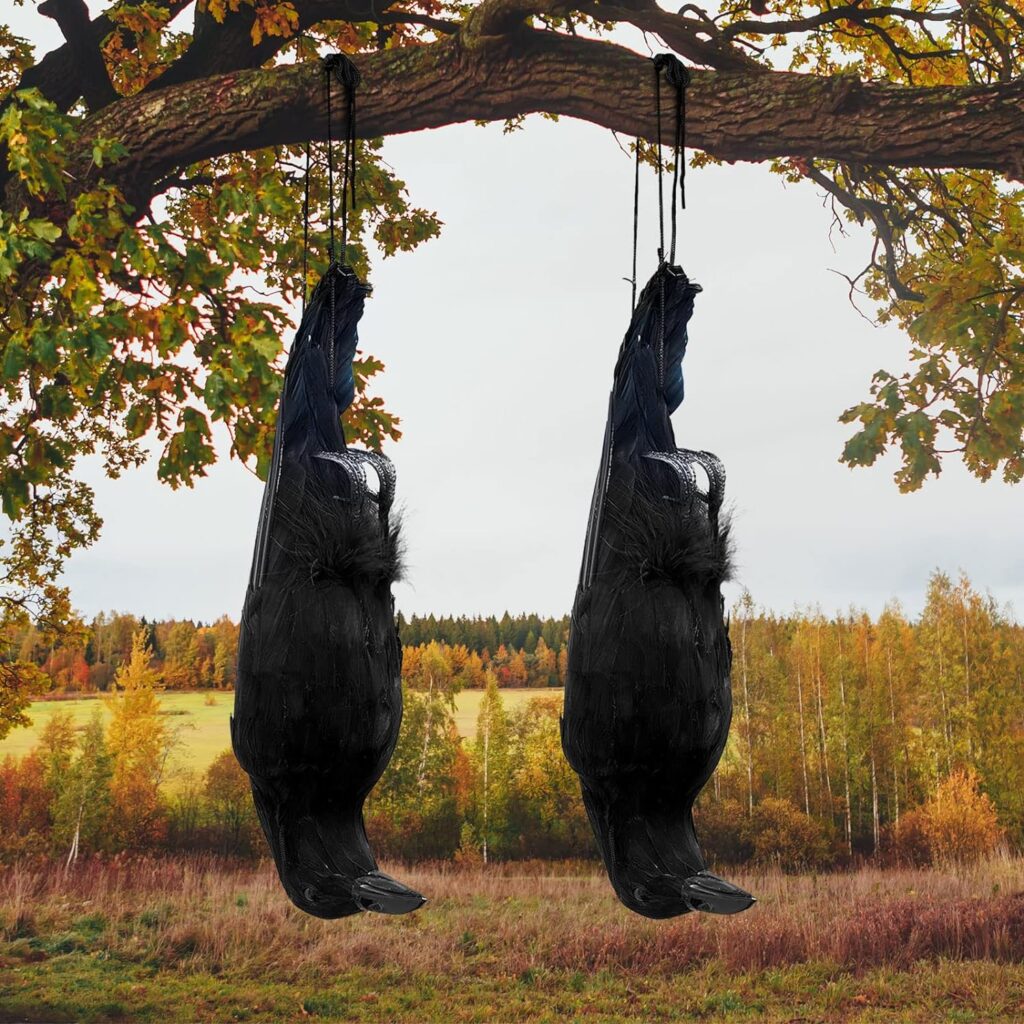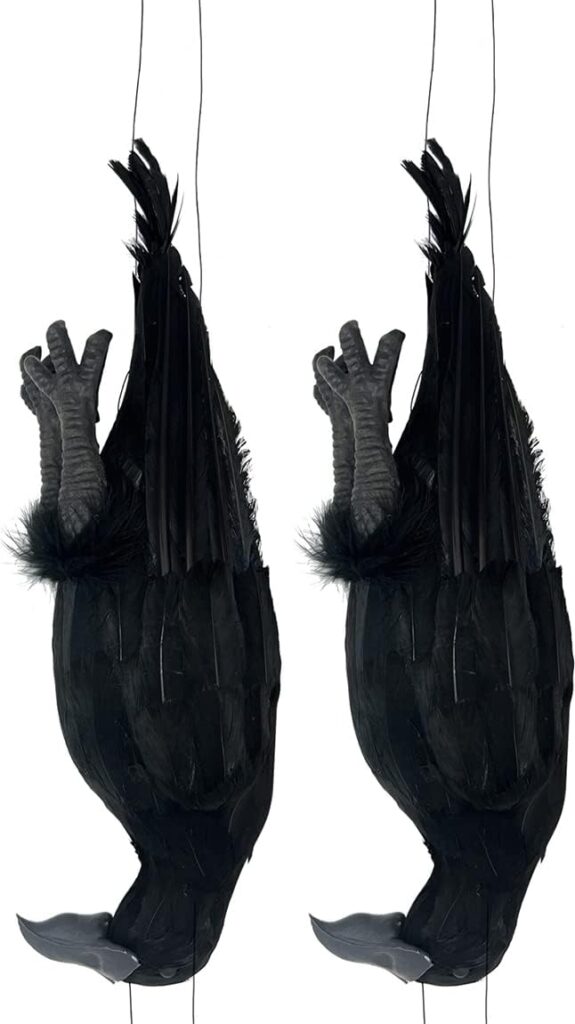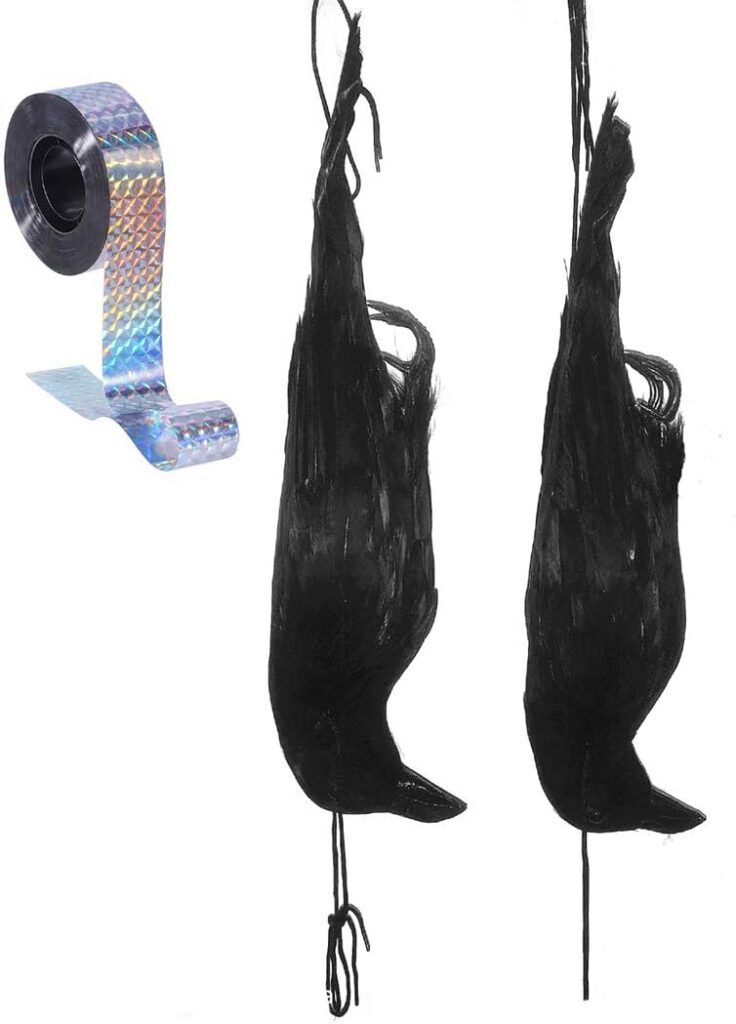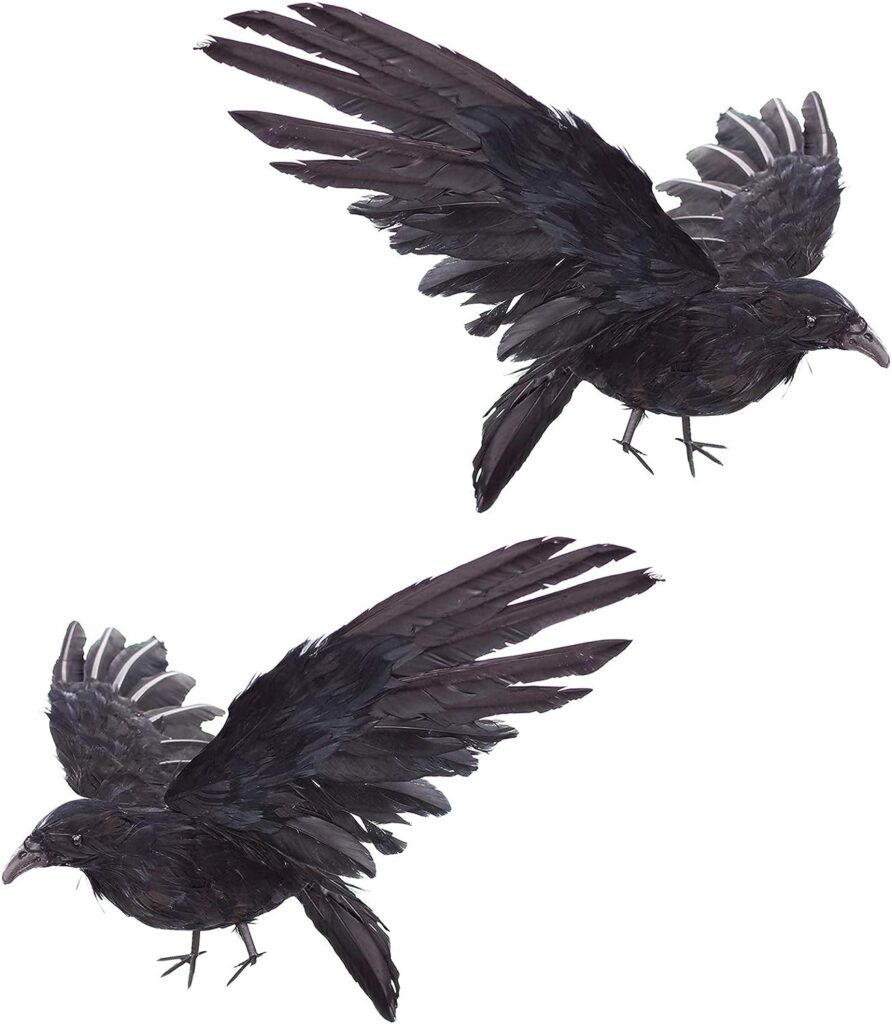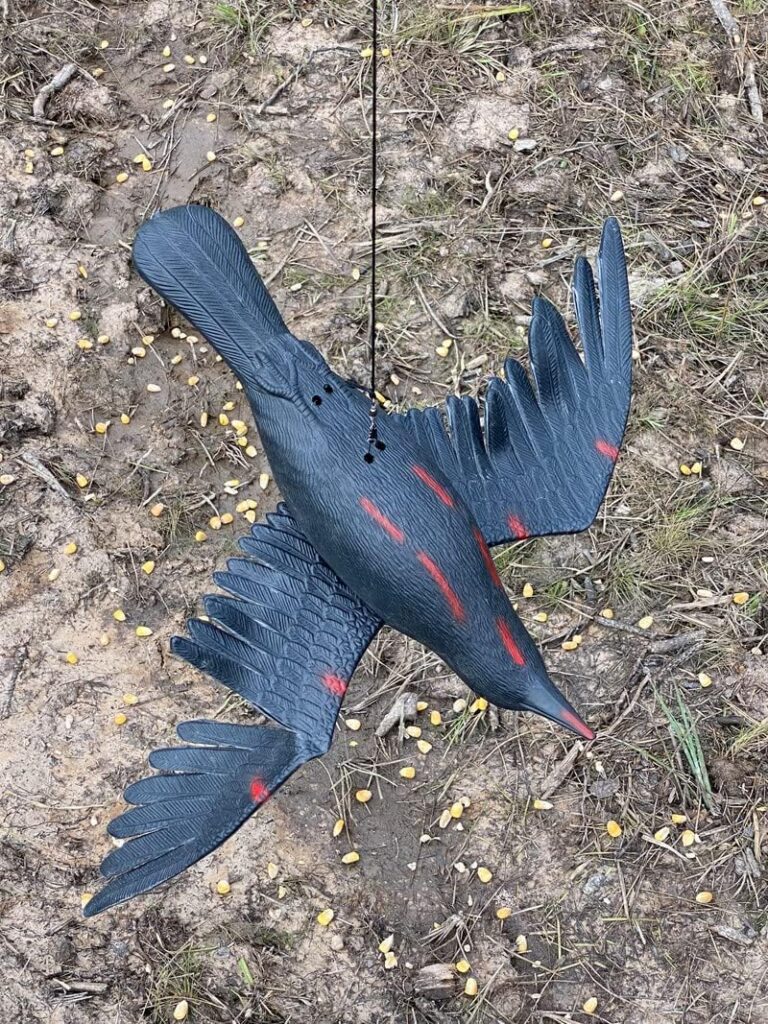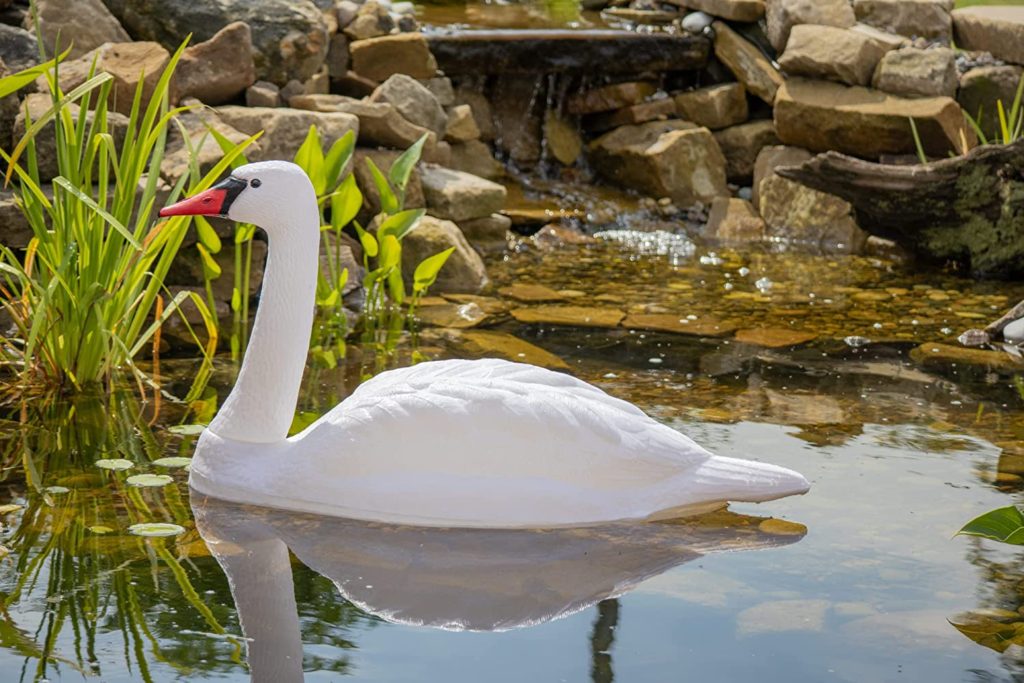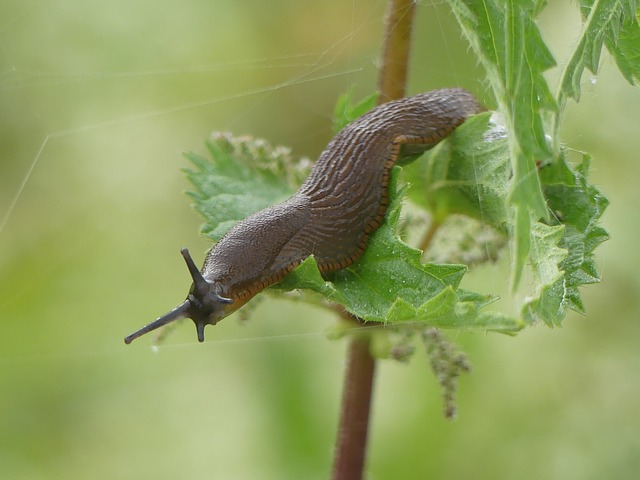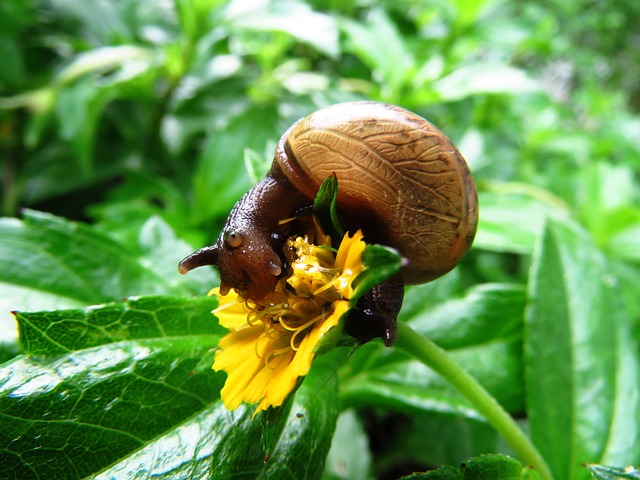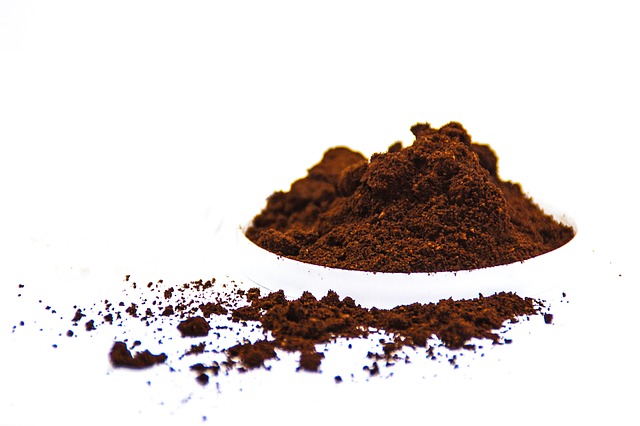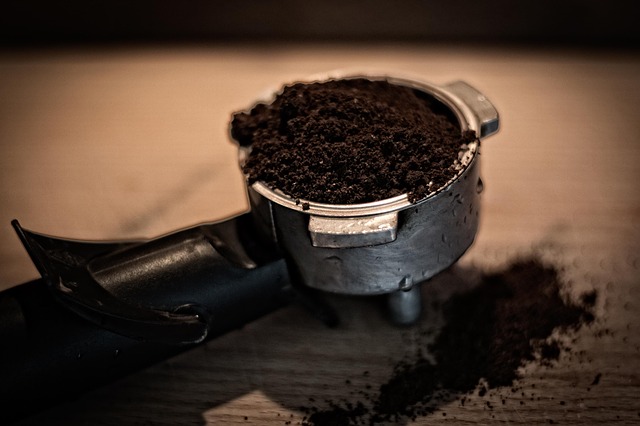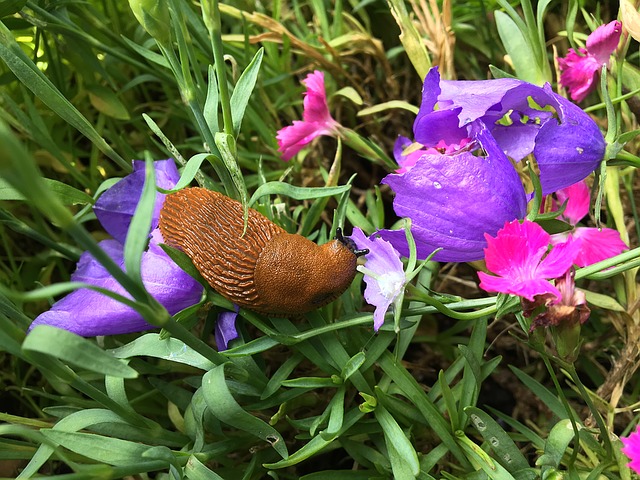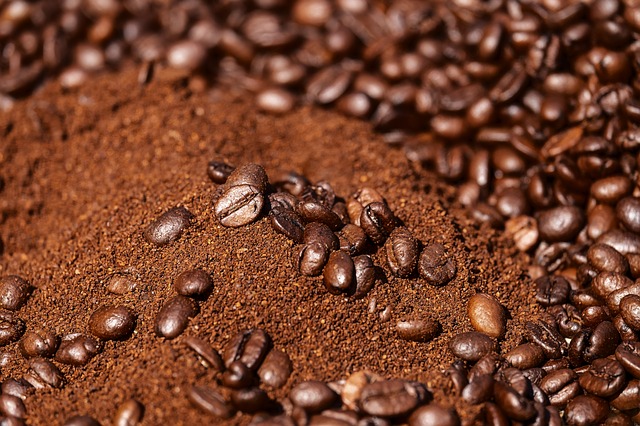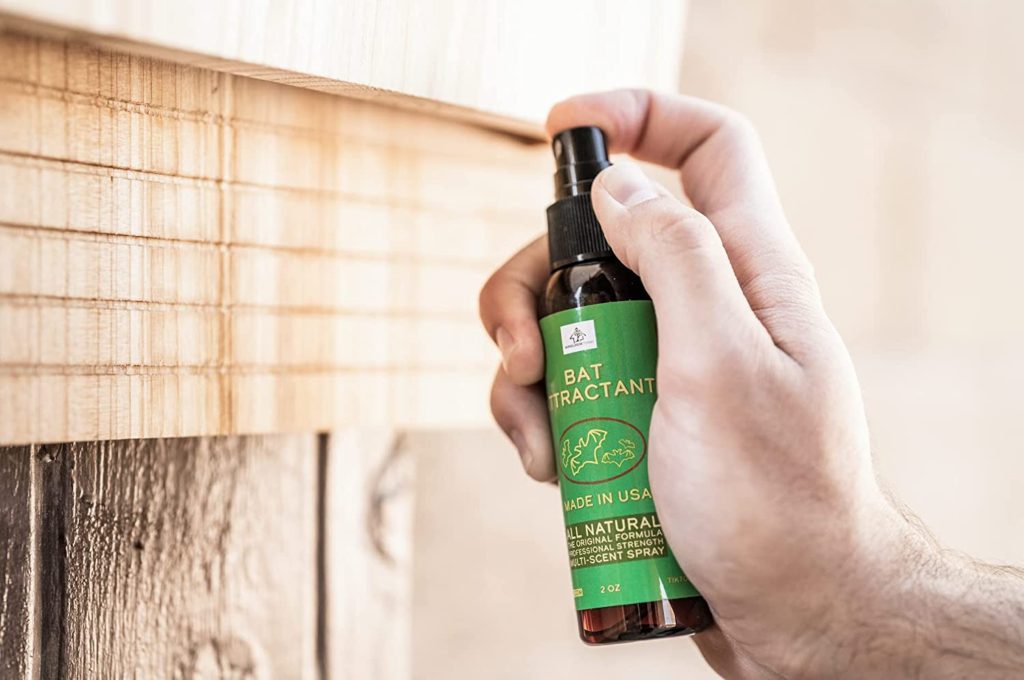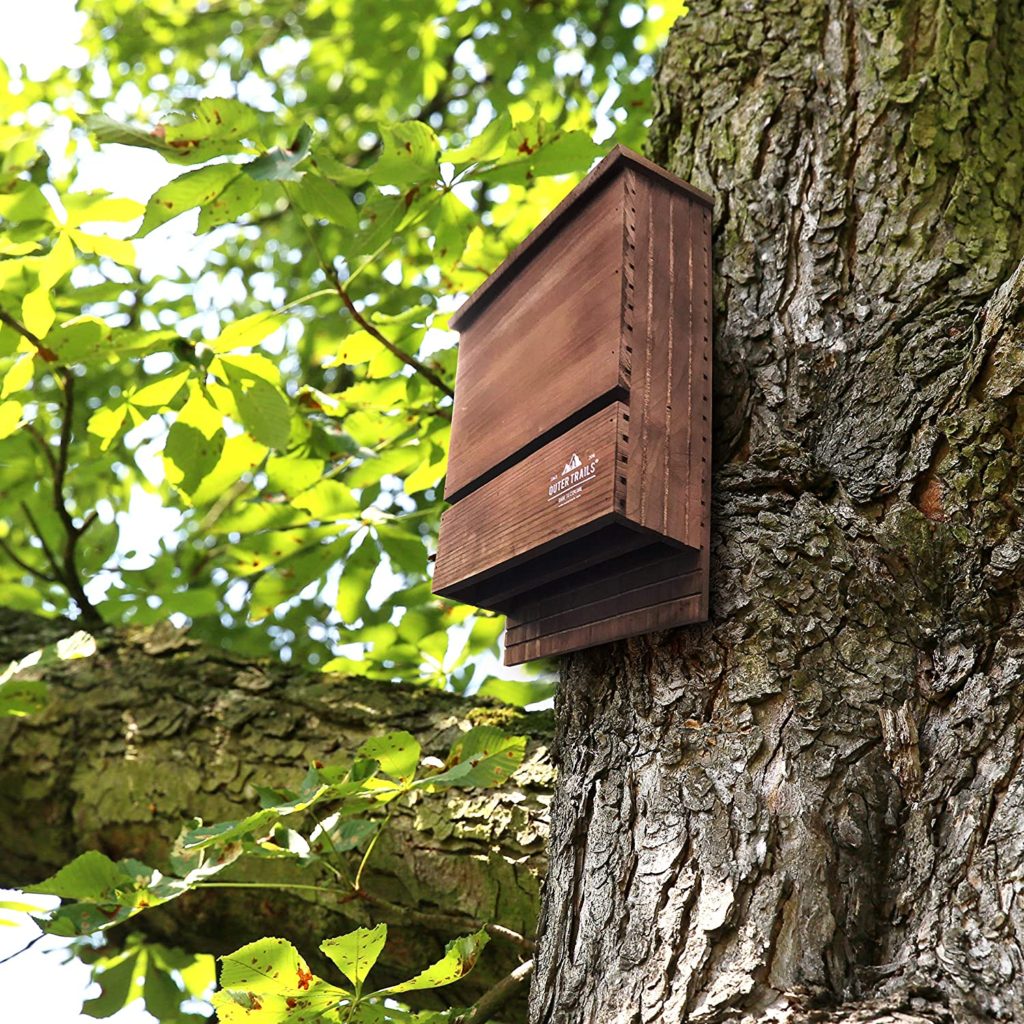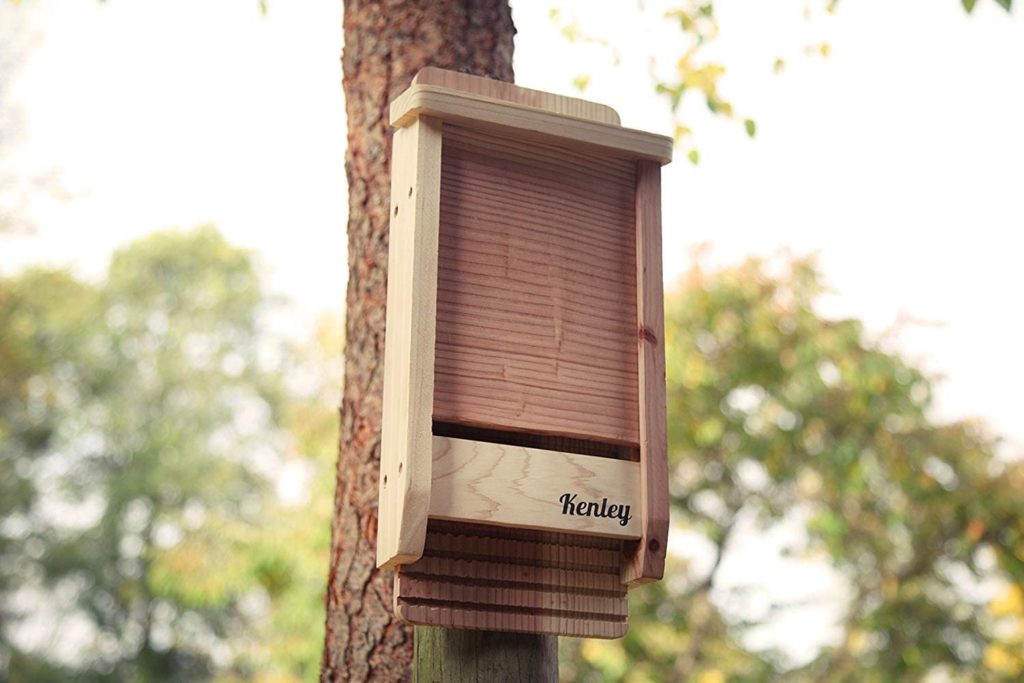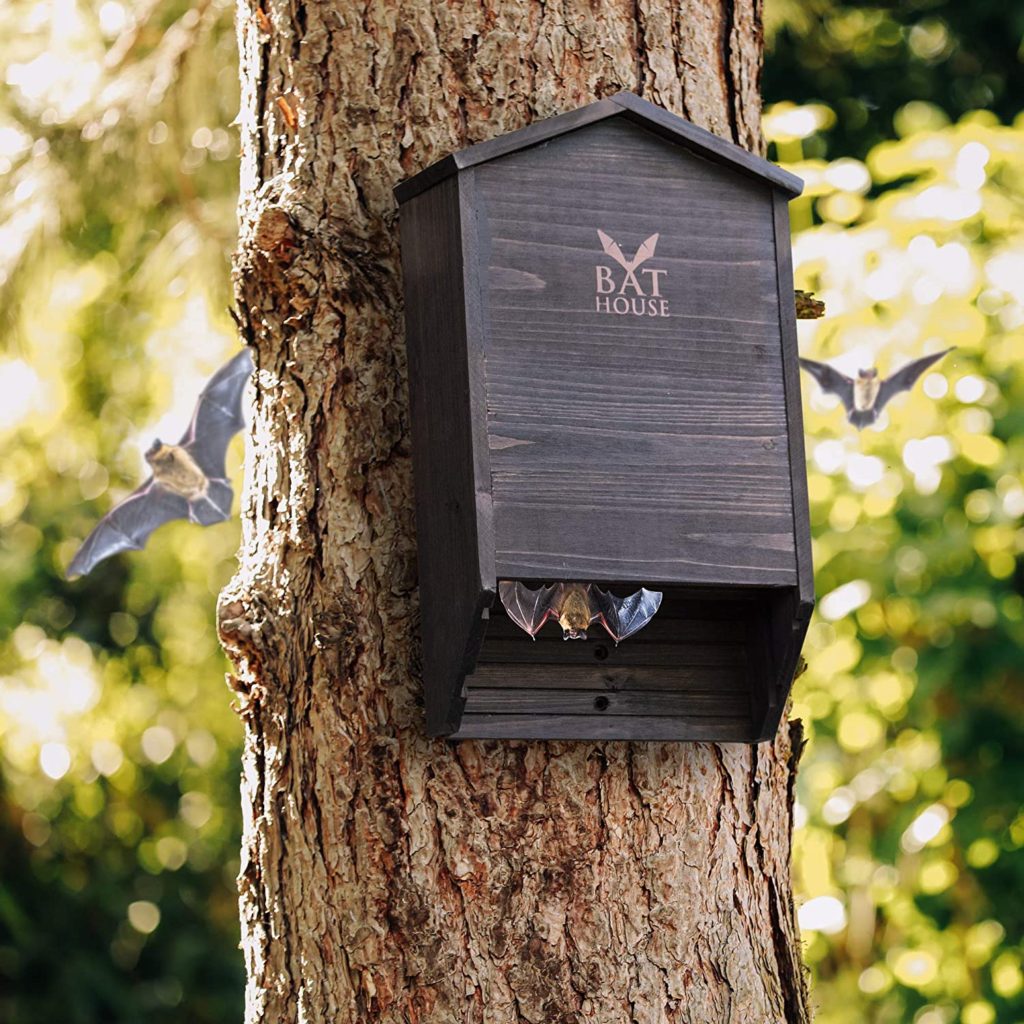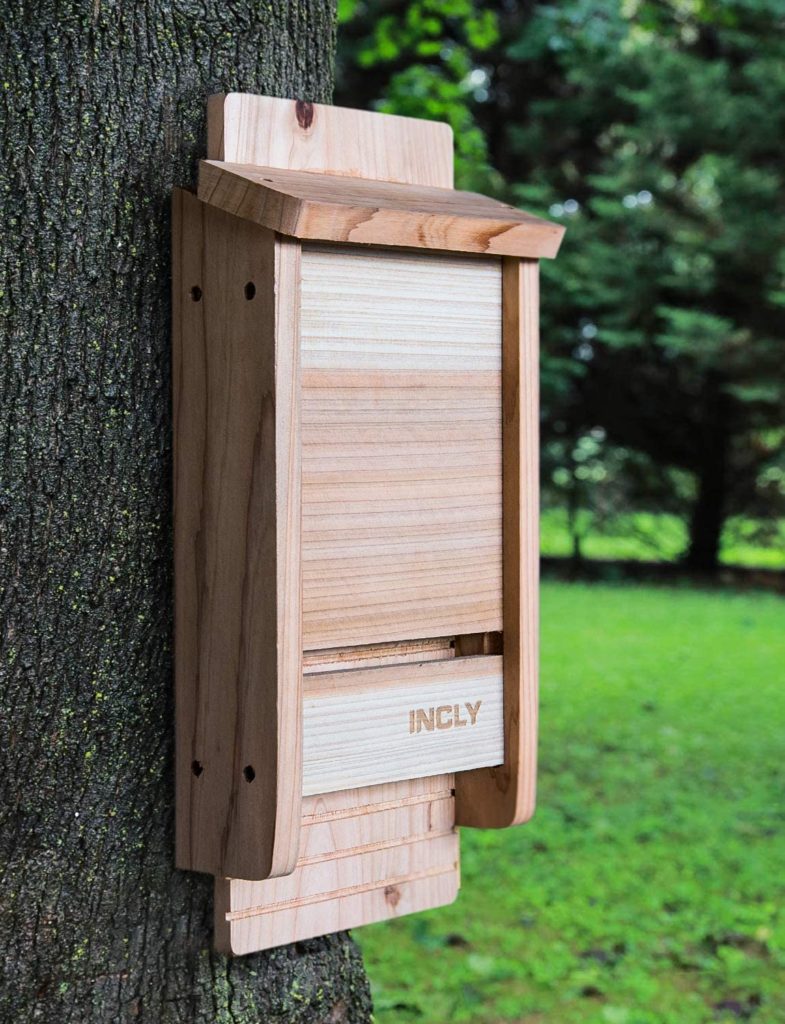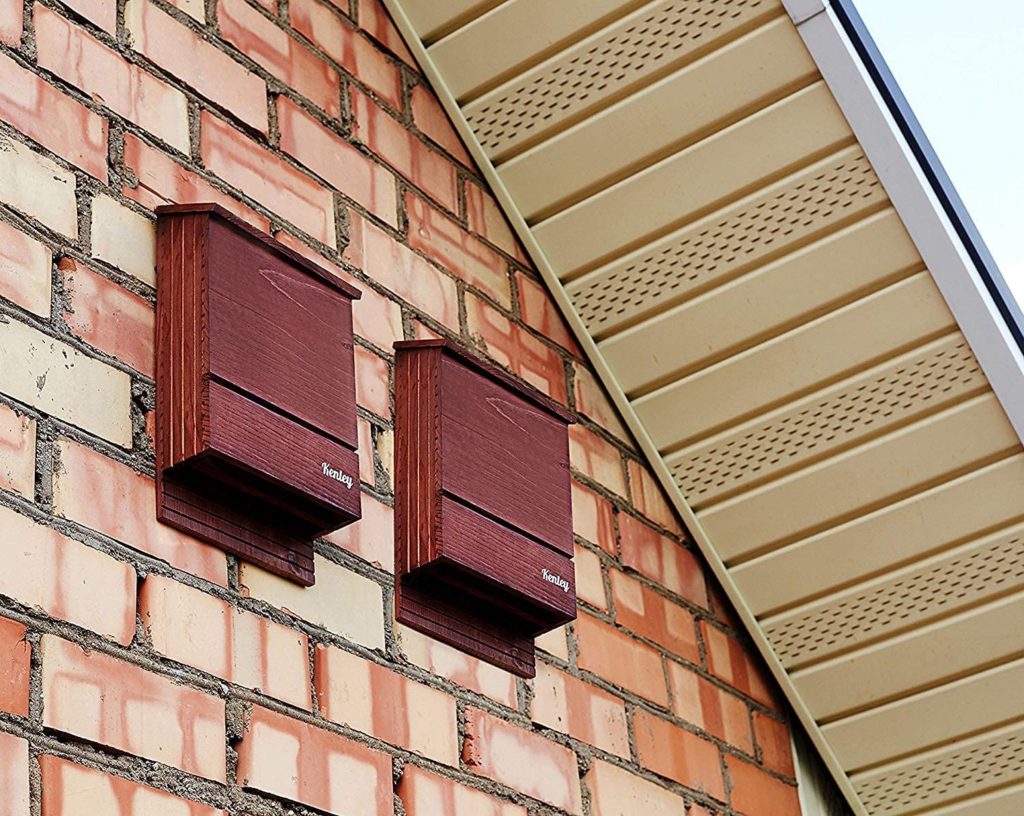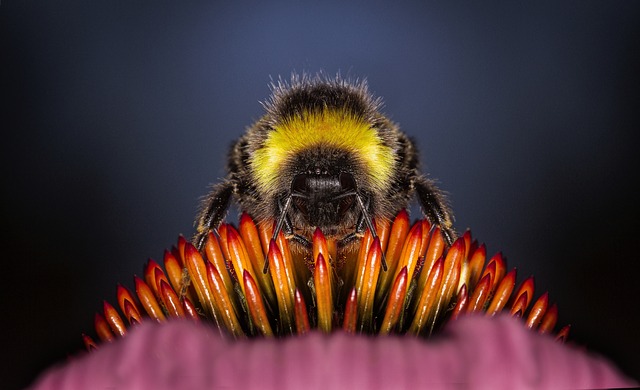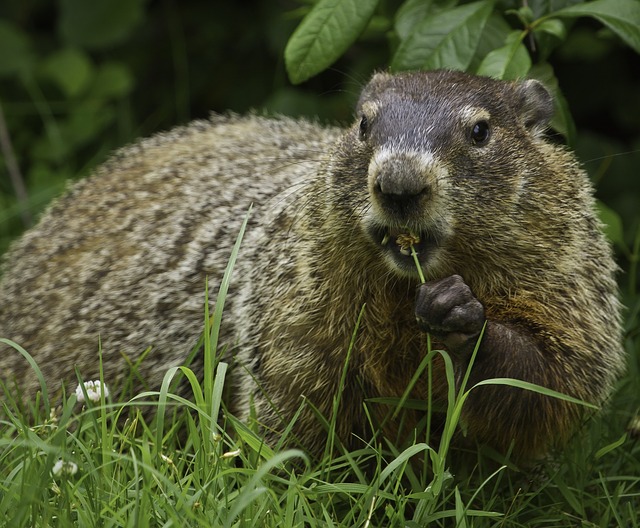Whether you live in the country, suburbs, or even the city, dealing with pest crows can be a significant problem. One of the most effective methods for controlling these nuisance birds is using a dead crow decoy. This all-in-one guide will cover everything you need to know about using dead crow decoys for effective crow control.
Understanding the Crow Problem: Why Pest Crows Are a Concern
Crows are more than just a noisy nuisance; they present a complex problem that property owners often find challenging to tackle. The intelligence level of these birds is astonishingly high, comparable even to that of a seven-year-old human child. Because they can solve intricate problems, pest crows quickly associate properties with food sources, causing a range of issues.
From tearing up well-maintained lawns and gardens in their quest for grubs and worms to emptying bird feeders and scaring away smaller birds, crows can be quite disruptive. They also contaminate water features like birdbaths and fountains, turning them into unsanitary messes as they like to soften their food (such as animals they have killed or scavenged) in the water before eating.
Their broad diet includes fruits, vegetables, and seedlings, causing headaches for farmers who count on these crops for income along with backyard gardeners.
Moreover, crows aren’t shy about raiding nests, snatching eggs, and even feasting on the young of other birds. Their size and dietary habits mean they produce considerable waste, making cleanliness an additional concern. They are even known to destroy rubber seals on cars and pull tar from rooftops (similar to vultures).
Crows often roost in large groups, creating significant noise and mess. During winter, these roosts can range from hundreds to hundreds of thousands of birds, making the crow problem even worse.
What is a Dead Crow Decoy and How Does It Work?
A dead crow decoy is a highly effective visual deterrent designed to deter pest crows and keep them away from your property. They are also sometimes called a “dead crow effigy” or simply “fake dead crows”. These are realistic decoys that are crafted to look just like a real life-size deceased crow. Typically, they are hung upside down, simulating a lifeless bird, which is particularly alarming to crows.
Crows are very wary birds and are always on the lookout for danger. And decoys work because they use the crows’ own survival instincts against them. When real crows spot what they think is one of their dead companions, they will leave that specific area and avoid it afterward because they think that something is killing crows and therefore they are in danger.
Unlike other bird deterrent methods involving noise or chemicals, a dead crow decoy is a humane and non-harmful solution to pest crow problems. It is a visual scare tactic that can effectively drive away not only individual crows but entire flocks, ensuring the protection of your property without harm.
In addition to using them for crow control, dead crow decoys can also be used to scare away their close relatives: rooks and ravens. And, when hung right side up (to look like a living crow), decoys can function to deter pest birds, such as pigeons, doves, sparrows, and starlings that are naturally afraid of crows.
Choosing the Best Dead Crow Decoy
When selecting the ideal decoy, it’s essential to consider a few things first to help make sure that the decoy(s) you purchase will be as effective as possible. Here’s a breakdown of what to look for:
Realism
Given the sharp eyesight and high intelligence of crows, choosing realistic decoys is a top priority. Search for decoys with detailed features that make them look like real crows. A feather-like texture can help.
Or even better some decoys have real feathers. In fact, feathered dead crow decoys are often handmade with extra attention to detail which can greatly enhance their realistic appearance. Another bonus of feathered decoys is that the feathers blow in the wind, a subtle detail that can further convince real crows of their authenticity.
Pose
The pose of the decoy is crucial. A “death pose” imitates the appearance of a bird that has died naturally. This might involve wings slightly spread apart, a head hanging down instead of held upright, and feet that are curled up or relaxed rather than extended or gripping.
Materials
Because decoys are used outdoors you’ll want to opt for ones that are crafted from durable, UV-resistant materials like plastic or rubber. Such materials ensure the longevity of the decoy and its resilience against varying weather conditions, preserving its appearance over time.
Adjustability
Some decoys have adjustable features, such as wings. These offer the advantage of variety. Changing the pose periodically can prevent crows from recognizing the decoy as fake and a non-threat.
Size
Life-sized or even slightly larger decoys are ideal as they enhance visibility when seen from above and far away. Decoys that are slightly larger than life size can also help when they are used to deter ravens since they are a bit bigger than crows.
How Many Crow Decoys Do You Need?
Determining the number of decoys needed for effective deterrence depends on several factors, here’s how to decide the number of decoys you’ll need:
Area Size
As a general rule, larger areas require more decoys. For a small backyard garden, one or two decoys might suffice. However, for expansive agricultural fields or large properties, consider using multiple decoys strategically placed throughout the area to ensure optimal coverage.
Crow Population
If the crow population in your area is substantial, you may need additional decoys to make an impact. A higher number of decoys can create the illusion of a larger threat, encouraging crows to steer clear of the area.
Seasonal Considerations
Keep in mind that during certain times of the year, like the breeding season, crows may be more persistent in visiting areas, necessitating the use of more decoys.
Effectiveness Monitoring
After placing your decoys, monitor their effectiveness. If crows continue to frequent your area, you may need to reposition the decoys or add more to enhance the scare effect.
Effective Placement and Usage of Dead Crow Decoys
Proper placement is essential when using a dead crow decoy. Typically they are hung upside down near where you are having crow problems. A hanging dead crow decoy will sway with the breeze, capturing the attention of any nearby crows due to their elevated position and movement.
It’s vital to position the decoy in a high-visibility area so that pest crows can easily spot it from a distance. (Remember, if the decoy isn’t clearly visible, it won’t be effective.) Common places for hanging dead crow decoys include outdoor areas like decks, patios, and rooftops, as well as garden structures such as gazebos, pergolas, and arbors. Tree branches and fence posts near bird feeders and birdbaths are also popular locations.
Carports also work as well, especially for those seeking to protect their vehicles from bird droppings and damage. Orchards, fields (farmers often use dead crow decoys in corn patches in particular), and gardens are all ideal areas to hang them as well.
In open settings, if there’s no natural spot to hang your decoy, consider using a pole. Planting a pole in the ground to hang the decoy not only ensures optimal visibility but also provides the flexibility to relocate it as needed, keeping your deterrent strategy fresh.
Depending on the the space and scenario sometimes it is actually more effective and easier to see from above to place the decoy directly on the ground, lawn, car roof, or roof of your home.
Maintaining Decoy Effectiveness
Consider the following strategies to ensure your decoy consistently functions as an effective bird deterrent:
Regular Relocation
To maintain the illusion of threat, remember to relocate your decoy every few days. Not doing this is probably the biggest mistake most people make, and the number one reason their decoy may not be effective.
Crows are among the most intelligent birds, and their observational skills are quite advanced. When a dead crow decoy is left in one place for an extended period, crows may start to notice the lack of decay, smell, or any other natural changes that they would expect to see in a deceased animal. Moreover, they may observe the absence of other signs of danger in the area over time.
Crows are also known to investigate dead crows, partly as a way to understand the potential threat in the area. If upon investigation (from a distance), they notice the “dead crow” is in the same condition and exact same spot, they might realize it’s a decoy, rendering it ineffective as a deterrent.
Store When Not In Use
Don’t keep the decoy out when you don’t have a crow problem. If crows see it all the time, they might get used to it, and it won’t scare them anymore. Storing it away properly when not in use will also mean that your fake dead crow isn’t exposed to the elements helping it to last longer and maintain its realistic appearance. This way, it’ll always work well when you do need to use it again to keep crows away.
Alternate or Combine with Other Deterrents
Consider using your decoy along with other types of deterrents. You can use them at the same time or alternate. Examples include other bird of prey decoys like owls and hawks, reflective tape, bird spikes, or sonic bird repellents. Each deterrent has its own unique advantages, and using them in combination can present a more robust approach to keeping crows away from your property.
Anticipating Crow Reactions: What Can You Expect?
Understanding how crows will likely react to a dead crow decoy will help you to know whether or not your decoy is working or not so that you can adjust your strategy if needed. The following is typically what you can expect:
Initial Reaction
When crows first notice a hanging dead crow decoy (or one on the ground), most will avoid landing nearby. Some might perform flyovers to investigate, or land briefly before quickly taking off again.
More extreme reactions include loud squawking, making a huge fuss, and circling in the air above the decoy. These behaviors signify the discomfort and alarm that the sight of a dead crow induces in these birds.
Long-Term Impact
Crows have excellent memories and will usually avoid an area where they’ve seen a dead crow for several weeks or longer afterward. When used correctly decoys can help keep crows away from your property over the long term.
Personal Association
Crows possess an intriguing ability: they can recognize human faces. Should they observe you setting up the decoy, they could link you to the perceived threat, making them more likely to avoid the area when you’re around.
Some individuals take advantage of this unique behavior. By purposely displaying and setting up the decoy in the crows’ view, it suggests to the crows that the person may have been responsible for the crow’s “death.” This tactic can intensify the crows’ sense of caution and deterrence, both towards the individual and the area.
Maintaining Your Dead Crow Decoy
Taking care of your dead crow decoy is easy but important for its continued success in keeping crows away. As mentioned previously, store it in a secure place when not in use, especially when you don’t currently have a crow problem
This simple step will not only keep it from unneeded wear and tear from the elements but also keep crows from getting used to it, ensuring it retains its effectiveness.
In addition, another simple step you can take is to apply a clear polyurethane spray. This can be particularly helpful for feathered dead crow decoys. The protective coating will help to shield it from the sun’s harsh UV rays, rain, and other weather-related damage and preserve its realistic looks.
Using Decoys as Halloween Decor
As fall approaches, remember that can use your fake dead crows for Halloween decorations. With their associations to death and eerie tales, they’re the perfect touch for a chilling Halloween setting. The realistic appearance of a dead crow effigy heightens the spooky ambiance of the season.
Hang them from porches or trees, or position them prominently around your property. Their unsettling presence will surely make your home feel all the more haunted.
FAQ’s:
Do dead crow decoys work?
Dead crow decoys are an effective and humane method for deterring crows from a specific area. They exploit crows’ intelligence and their natural instinct to avoid areas where they perceive a threat to their safety. Their effectiveness depends on proper placement and occasional movement to different locations to maintain the illusion of danger.
How do you use a dead crow decoy?
To use a dead crow decoy, hang it upside down or place it on the ground in a highly visible spot within the area you want to protect from crows. Ensure it’s in an open space where crows can easily see it, either from the ground or while flying above. It’s crucial to relocate the decoy every few days to maintain its efficacy as crows are smart and may recognize it as a non-threat if it remains stationary.
Do fake crows keep birds away?
Fake crow decoys are primarily designed to deter crows and related birds such as ravens and rooks. When hung upside-down or placed on the ground they will not keep away other bird species. However if a hanging dead crow decoy is placed so that it is right side up so that it looks like a real living crow, it can also be used to scare away pigeons, starlings, sparrows, and other smaller pest birds as well.
What is the symbol of seeing a dead crow?
In various cultures, seeing a dead crow is often considered an omen of bad luck or an impending negative change. This symbolism is rooted in the crow’s association with mystery, intelligence, and adaptability, leading people to view their death as significant.
How to make a fake dead crow?
Making a fake dead crow involves creating a life-sized crow model, typically from durable materials like plastic or rubber. For enhanced realism, consider adding actual feathers and designing it in a “death pose” with wings slightly spread apart. Remember to ensure that your fake crow is weather-resistant and suitable for outdoor use to maintain its appearance and functionality.
Do crows eat dead crows?
Crows are known to be scavengers, but they generally avoid eating dead crows. This behavior is likely a survival instinct to avoid potential threats or diseases. Utilizing this natural avoidance, dead crow decoys effectively deter living crows from the area by simulating a risky and unwelcome environment.
Additional Notes
Using a dead crow decoy is straightforward and effective, but it’s important to keep others in the loop. Because these decoys are designed to be as realistic as possible, it might be prudent to inform your neighbors that you are using fake dead crows. This heads-up will prevent any concern or confusion over the presence of the decoys on your property, ensuring that everyone is aware that they are not real dead birds.
Start Shopping for Dead Crow Decoys!
The Complete Swan Decoy Guide
Buy on Amazon Geese and ducks can be a huge problem for anyone who owns a pond, pool, or even lawn. A swan decoy can help to keep these pests away so you don’t have to deal with them and the mess they leave behind. Here is everything you’ll need to know about swan...
What Direction Should A Bat House Face?
Buy on Amazon Bats are very particular when it comes to whether or not they will move into a bat house. One of the most important factors is the temperature inside, which will be strongly influenced by the direction that the house is facing. So what direction should a...
Does Copper Tape Stop Slugs?
Does copper tape stop slugs? The answer is yes. And you can use this simple solution to keep your plants safe from those slimy plant-eating pests. Repel Slimy Garden Invaders Without Harm Despite being relatively small and very slow-moving, slugs can do a lot of...
When To Put Up A Bat House
Buy on Amazon Bats can be a big benefit to your yard. But they can be picky when it comes to where they actually decide to roost. Knowing when to put up a bat house can help to tip the odds in your favor. Basic Seasonal Bat Behavior Many people don’t realize that in...
The Best Advantages Of Using Copper Tape For Snails
Snail damage is no laughing matter, especially when you’ve put a lot of time and effort into your garden. Most people don’t realize that by simply adding copper tape snails can be quickly deterred from eating your plants. And here are the best advantages of using this...
Copper Tape For Slugs
Buy on Amazon As any gardener knows, slugs can be highly destructive to a wide range of plants. But you don’t have to use baits or chemicals to keep these slimy pests from ruining your garden. By using copper tape slugs will stay away from your precious plants...
How To Use Coffee Grounds For Snails
You don’t have to kill those annoying garden snails in order to keep them from eating your plants. In fact, you can use your morning coffee as a non-lethal weapon against them. When they come into contact with your coffee grounds snails will turn right around and...
How To Use Coffee Grounds For Ants
There are endless sprays and poisons you can use to get rid of ants. However, you won’t have to look any further than your morning cup of coffee if you’d like a repellent that doesn’t contain any harmful chemicals. By using coffee grounds ants will stay away and kids...
How To Use Coffee Grounds For Garden Pests
While the majority of humans enjoy coffee, not all animals find it so appealing. In fact, when they encounter coffee grounds garden pests are often repelled by them, and that’s a good thing. So here are the critters you can expect to keep out of your garden when using...
Coffee Grounds For Slugs
Slugs can be a big problem, yet most people don’t realize that the waste produced from their morning cup of coffee can be used help to protect their plants from these slimy pests. When they encounter your coffee grounds slugs will make a hasty retreat. So here’s...
Coffee Grounds For Mosquitoes
There are countless options available to keep mosquitoes away, many of which contain harmful chemicals. Most people don’t realize that the grounds used to make their morning coffee can also function as an all-natural repellent. Here’s what you’ll need to know to use...
Using Coffee Grounds To Deter Cats In The Garden
While cats can be loving pets, in the garden they often can be pests. Fortunately, you can use coffee grounds to deter cats. Not only can they help to keep cats away from your plants but they’re also totally safe. Cat Problems 101 Unfortunately for gardeners, cats...
Bat Attractant: The Secret Weapon For Bat House Success
Buy on Amazon Purchasing a bat house is easy, however, having a colony of bats take up residence inside it is sometimes another story. To tip the odds in your favor using bat attractant can help. Here’s what you’ll want to know when considering using it. Bat House...
How To Attract Bats To Your Bat House
Buy on Amazon Having bats in your yard offers many fantastic benefits. So it’s no wonder that more and more people are installing bat houses in an attempt to get them to stay. However, you’ll first need to know how to attract bats to your bat house if you want them to...
What Does A Bat House Look Like?
Buy on Amazon Bat houses are shelters made specifically for bats. These flying mammals have special needs that houses are designed to meet. So what does a bat house look like? Well, read on and find out! Bat House Designs Houses for bats actually look like boxes. For...
What Is A Bat House?
Buy on Amazon What is a bat house? And better yet, why would you want one on your property? These are both commonly asked questions. Whether you’re just curious or have always wanted to have bats in your yard here’s what you’ll need to know. Bats are nocturnal...
The Top Bat House Benefits
Buy on Amazon A bat house is a specially designed shelter for bats. It provides them with a safe and convenient place to sleep. While they are great for the bats, there are many bat house benefits you can enjoy as well when you have one in your yard. Keep Bats Out Of...
Where To Put A Bat House
Buy on Amazon Where to put a bat house is an important decision. If it’s not in an appropriate spot, you may be putting your resident bats in danger. Or you may end up with an empty house since no bats are interested in living in it. So you’ll need to know a few...
Beneficial Garden Insects And Creatures Often Confused For Pests
There are many animals that we consider to be pests. However, many of them actually perform critical tasks and help to control the populations of much more devastating species. The following beneficial insects and creatures are ones you’ll want to keep around....
The Most Common Backyard Pests
Your backyard is an ecosystem, however, not all of the animals which reside in or near it have the manners you’d like them to. There are many different animals that can be a nuisance. Here are some of the most common backyard pests that you’re likely to encounter....
